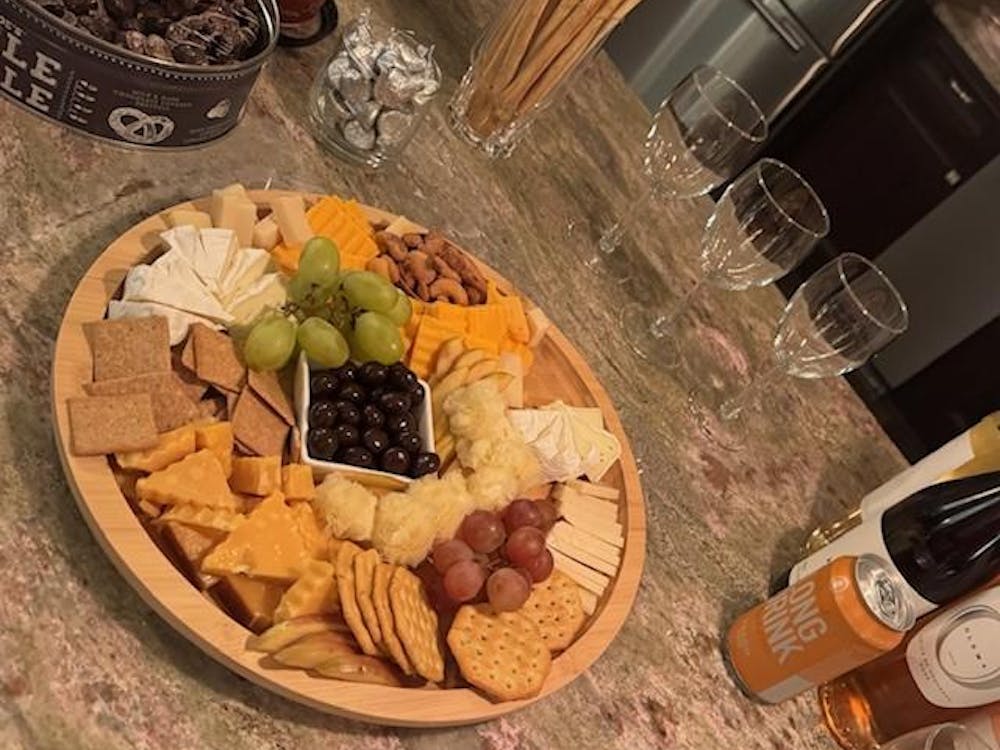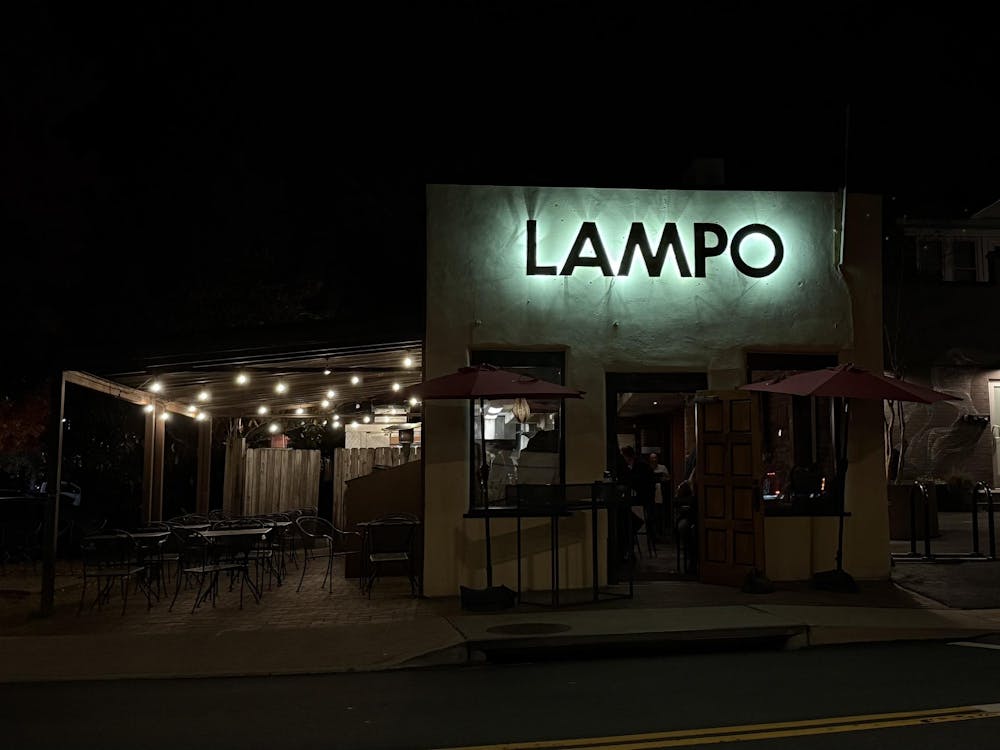It's not every day that thousands of people get to sample Indian food and culture in one place. But last weekend, I donned my sari and returned "home," along with close to 7,000 other people at the Festival of India in Richmond.
During the event, the music playing at the front of the Richmond Center alternated between Indian classical and contemporary music. People who may not see each other for months at a time are joined by their common culture and stop to chat.
Many of my "uncles" and "aunties" (in the Indian community, everyone is either an uncle or an auntie) who have not seen me since I left for college a month and a half ago, greeted me and asked how I like the University and whether I am eating enough. They also asked if I would dance this year at the Festival as I have in previous years. It's like a big family reunion, but one that non-family members are invited and encouraged to attend.
"We are the ambassadors of India to American society," Festival participant Prem Bohra said. "We want to present our culture, our heritage, the best way we can. This is one way of doing it."
For 18 years, the Indian community of Richmond has coordinated and held the event, which takes place over a Saturday and Sunday sometime in late September to early October.
During the weekend, visitors could purchase Indian food at the numerous booths serving dishes from all over India, or shop at several souvenir booths selling authentic Indian goods, varying from cotton scarves to traditional gold jewelry.
"It's a rare chance to get a good masala dosa," said first-year College student Kate Skiba, talking about a popular South Indian dish made of a thin rice pancake wrapped around spiced potatoes. The booth selling dosas had the longest lines throughout the weekend.
Members of Richmond's Indian community performed dances, fashion shows and short skits -- with participants ranging in age from under five to adults. Some of my friends began dancing when they were five and have performed at the Festival every year since.
Dipti Ramnarain, a freshman at William & Mary, came back to Richmond for the weekend to take part in one of the presentations.
"I danced in a wedding scene. It was to show what Indian weddings are like -- Christian, Muslim, Sikh and Hindu."
Everything, from dances to food booths, bears the mark of careful planning, due in part to the work of Festival Chairwoman Veena Kukreja.
Now in her second year as sole chairwoman, Kukreja said she has co-chaired the event since 1988.
"We've expanded a lot [since that time]. When we started here [in the Richmond Center], we had only one hall; now we have three halls," she said. "Around six to seven thousand people come in two days. I would say [the Festival] grows 10 to 15 percent each year."
The crowd also took advantage of the many activities at the event. Most chairs in the Richmond Center were occupied, and there were lines at every food booth. In the front of the Center, people clustered around the stage to watch the dancing.
Planning the event is "almost a year's project -- all year round," Kukreja said.
"It's not just my time," she said. "People who put together the souvenir booths start in March [or] April. We start contacting sponsors 10 months before." This year, the Festival was sponsored by Bell-Atlantic.
Although the Festival has grown, it has gotten easier to plan in recent years, Kukreja said.
"Everyone has kind of accepted responsibilities," she said. "It's not as difficult to coordinate. Everyone knows their roles."
Although these roles are time-consuming, participants remain involved year after year.
Festival participant Prem Bohra spent the weekend making the Indian equivalent of an after-dinner mint known as paan.
"I've been helping since we moved here -- since 1987," Bohra said. "I feel particularly that we are part of society. We take from the community and we owe something back. This is a way of giving back."
The communal feeling was shared by many. Kukreja said she thought the best part about the Festival was "bringing the community together. Everyone works together."
"I enjoy the community involvement," said Namita Kukreja, 1999 College graduate and Festival participant. But Kukreja said she also was excited by "the interest of the non-Indian community in this event."
The response of the non-Indian community in Richmond has been favorable.
"I just like being here in this mixed ethnic group," said Lynne Fleming, a visitor to the Festival for the past six years. "I like watching the families of the people here."
Elizabeth Biney-Amissay, a three-time visitor of the Festival, said she also enjoys attending the event.
"It's cool to see a totally different culture, and to see the participation within Richmond," Biney-Amissay said.
Second-time Festival-goer Althea Genadopoulas agreed.
"I like seeing people enjoying their heritage and showing off their heritage, instead of everyone just trying to be American," Genadopoulas said.
For many Indians, the Festival of India is just that; a celebration of their culture and heritage.
"I came to meet friends and to experience the culture," fourth-year College student Sarika Raina said. "Home is two hours away, so this is the next best thing."
Maybe what makes the Festival so appealing is the chance to, as Fleming put it, step out of everyday life, and into a more traditional character for two days.






